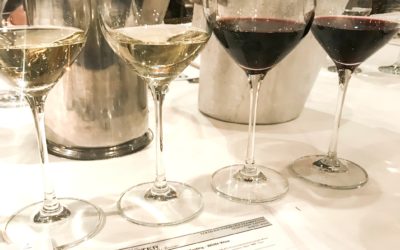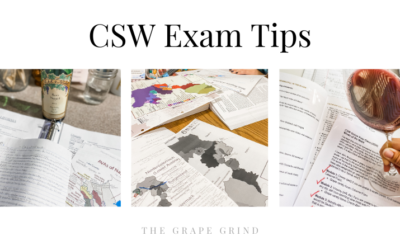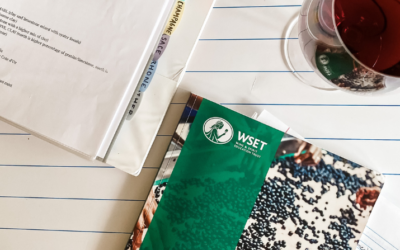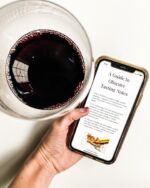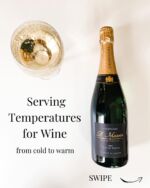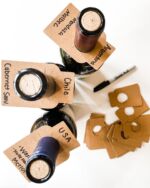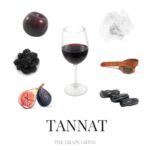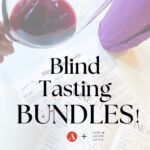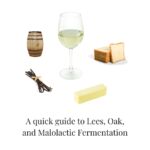
3 Ways the French Wine Scholar Program is Different from WSET3
Before venturing into the French Wine Scholar (FWS) program, you should know that it’s big, it’s very detailed, very demanding, but also VERY much worth it.
I have completed the third level of WSET (Wine and Spirit Education Trust) successfully and selected the FWS program with the conviction that understanding French terroir and wines is a cornerstone of my wine education. And even though the program was an amazing learning experience, I definitely underestimated the level of detail I’d be required to know, and the time I’d spend studying!
Here is a brief of the FWS program and 3 ways it is different than the WSET3:
1. Difference in breadth and depth of information
The way FWS is positioned, in terms of difficulty and depth of information, is between WSET3 and the WSET Diploma.
Someone holding the WSET2 certificate might find new information such as viticulture and winemaking techniques, or the specificity of regions, for example, challenging and will generally need to spend more time and effort grasping these concepts. The information presented in the FWS program is more detailed and at some point has a storytelling element in comparison with the academic approach of WSET3.
There is so much to cover, and it truly is everything French Wine!
The program is provided by the Wine Scholar Guild (WSG) and it includes a foundation unit in addition to 14 chapters covering the main wine-making regions in France. The foundation unit covers the country’s history, geography, grape varieties, viticulture, winemaking, and French Wine Law. The chapters cover (in a great level of detail): Alsace, Champagne, Bourgogne, Beaujolais, Jura, Savoie, Loire, Bordeaux, South-West, Languedoc, Roussillon, Rhône, Provence, and Corsica. The book covers each region’s history and geography (as relevant to its wine industry) its viticulture and winemaking as well as all the main appellations within that region.
WSEt3, on the other hand, explains the style and quality of wines (still, sparkling and fortified) from the major wine-producing countries around the world and includes advanced information on viticulture and winemaking. It is a very comprehensive overview of the world of wine.

2. FWS’s unique online platform and WSET3 mandatory wine tasting
The MAJOR added value and winner for me regarding the FWS program was the online platform that you gain access to as a student. Be ready to live there. This platform includes all the chapters and within each the learning objectives, flashcards, and an invaluable French pronunciation guide for each grape variety, winemaking technique, and sub-region mentioned. It also includes videos, interactive maps, mini quizzes for information retention, as well as a final quiz covering the whole unit. If I was to choose the most beneficial and unique aspect of this program it would be the online platform. A student can access this “interactive e-learning module” no matter which one of the three formats he/she chooses to sign up for:
- Classroom format, where you study the program with one of the WSG approved program providers.
- Online instructor led format, where you have access to 15 on-demand webinars with an FWS educator.
- An independent study format, where you study at your own pace and set your own schedule. (That’s the one I signed up for.)
Even though you are supposed to taste the wines of the region you are studying for (and there is even a suggested wine list provided by WSG), the FWS test does not include a wine-tasting section. So, knowing the wines of the regions firsthand is encouraged, but not mandatory, and not testable- unless you registered for the classroom format, where tasting the wines is part of the learning.
Tasting and assessing wines on the other hand is mandatory for WSET3 where students are tested on their systematic approach to tasting 2 wines blind, as part of their final exam.

3. Different test formats
The FWS exam includes 100 multiple-choice questions to be completed in an hour and there are no short written answer questions or tasting sections included like the WSET3 exam.
This test format influenced how I studied for the exam. And this is where I enjoyed WSET 3 more. Studying for the WSET3 test, I needed to understand and be able to explain clearly, the “how” and “why” of many topics in the course. This was a prerequisite to passing the most difficult part of the WSET 3 test, the short written answer section.
For the FWS multiple-choice test, you are required to know the facts/ memorize the names, terminologies, and particularities included in each chapter (and boy are they many)!
WSEt3 and FWS are both advanced wine education programs that cover a tremendous amount of information and demand a serious commitment.

From the Bourgogne section of the FWS online platform
But always remember, in the chaos of studying hard, memorizing French terminology and famous winemaking regions from all over the world, and hanging maps all over your walls; these are very rewarding programs.
They upgrade your knowledge and palate to a level you may not have known you’d be able to reach – so don’t hesitate to take on these “beasts”, it is worth the madness!
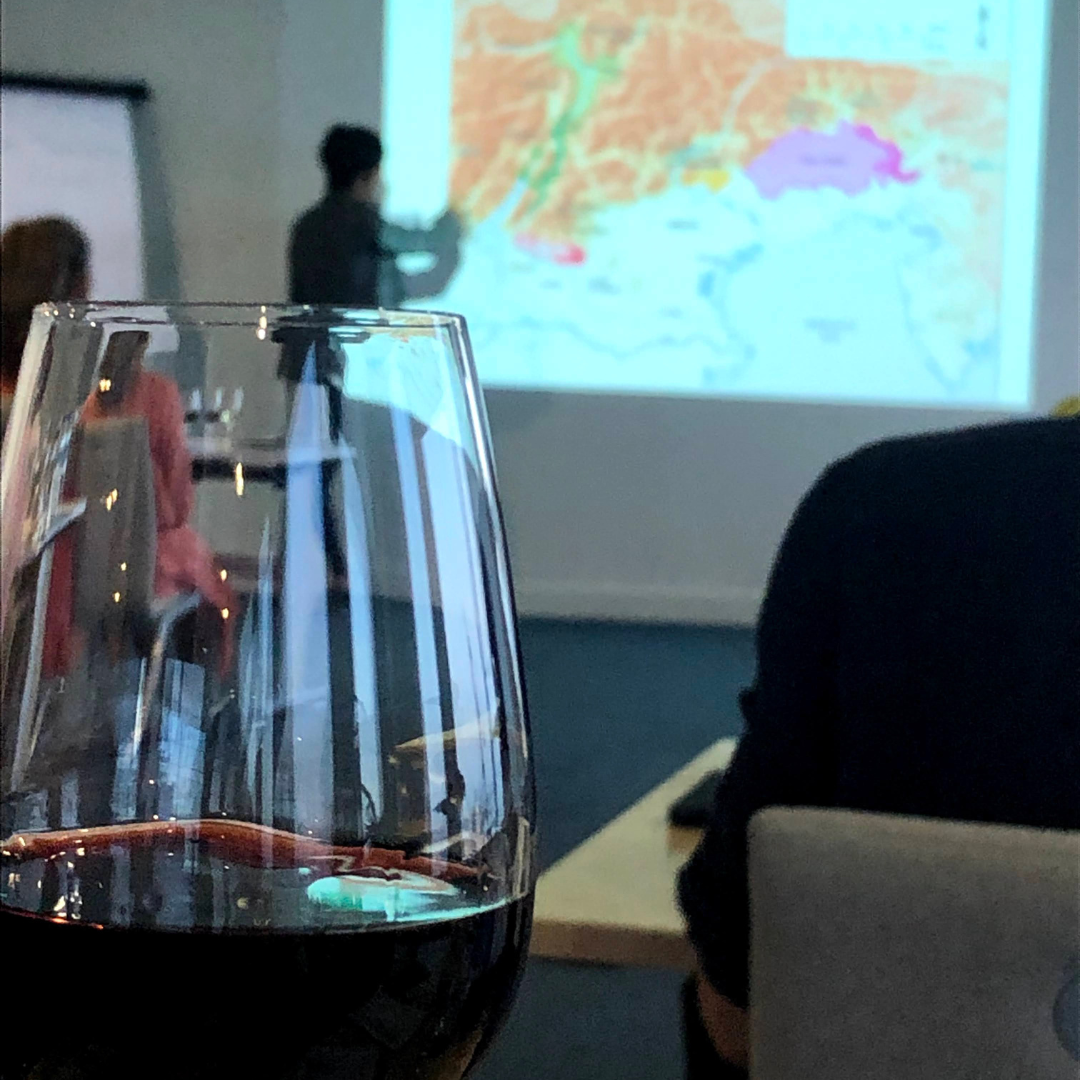
Curious about other exams?
↓
Journey to Certified Sommelier
The whirlwind experience and resources that were helpful to me!
Preparing for the CSW Exam: What it’s like and tips for study!
Have you heard of the CSW exam? Here’s my experience.
Preparing for WSET 3: What it’s like and tips for study!
Curious about what the content is like? Where to start? What is important to know? I’ll provide some clarity here so you can be well on your way to passing this exam!


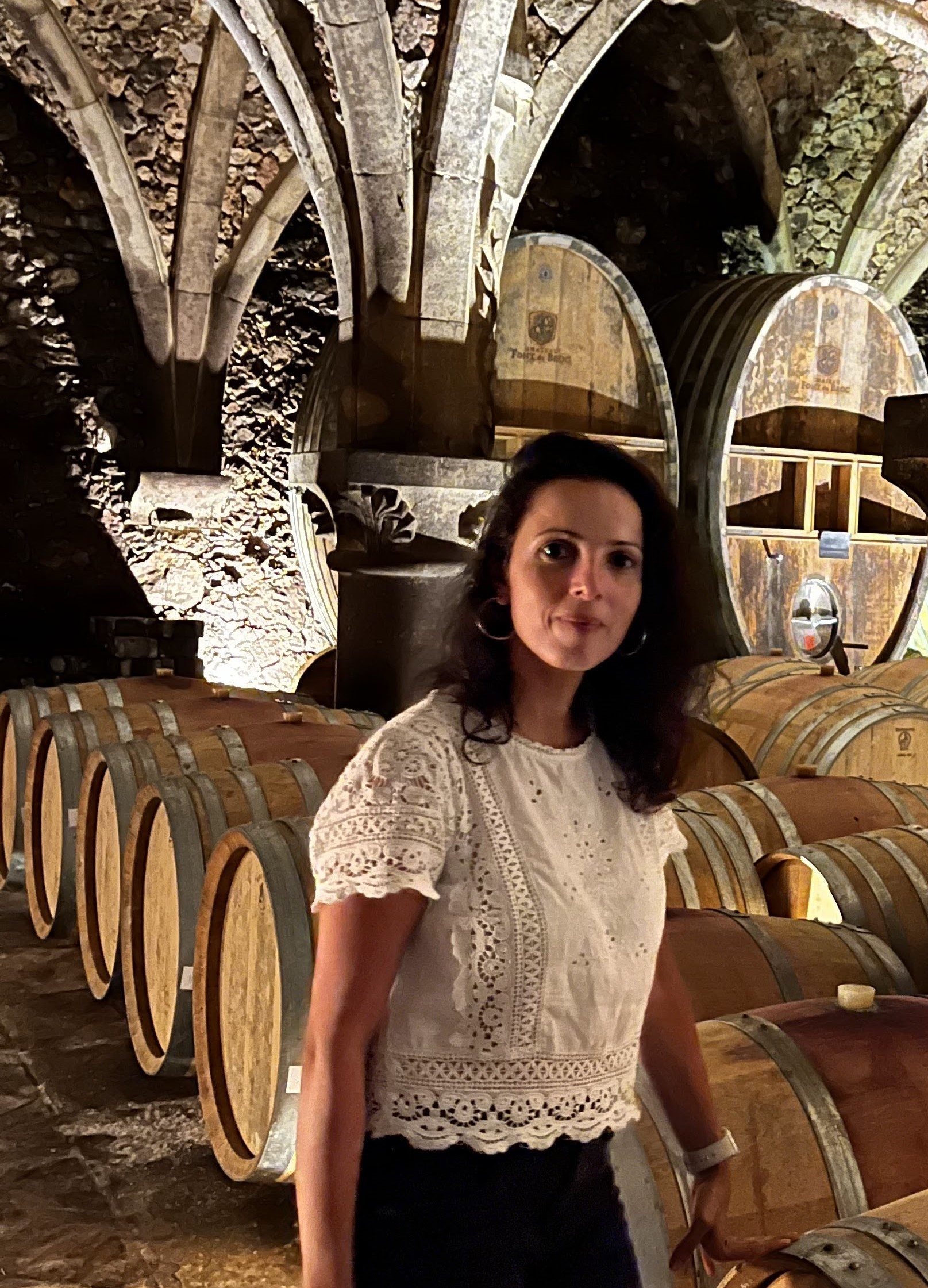
Rana is a certified WSET3 and French Wine Scholar. She is a forever student with a passion for wine stories and converting wine drinkers to enthusiasts following their own wine journeys. Rana comes from the ancient land of wine Lebanon and currently lives in Dubai with her other two passions, her kids.
IG: @thewineofthings
Website: https://thewineofthings.com

thegrapegrind

